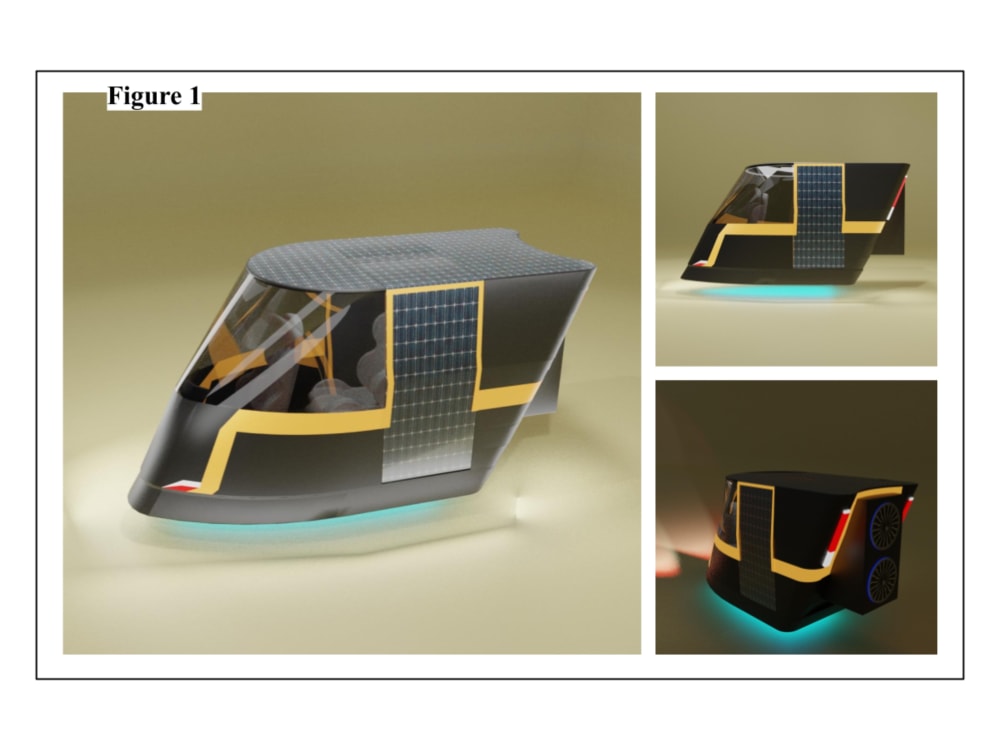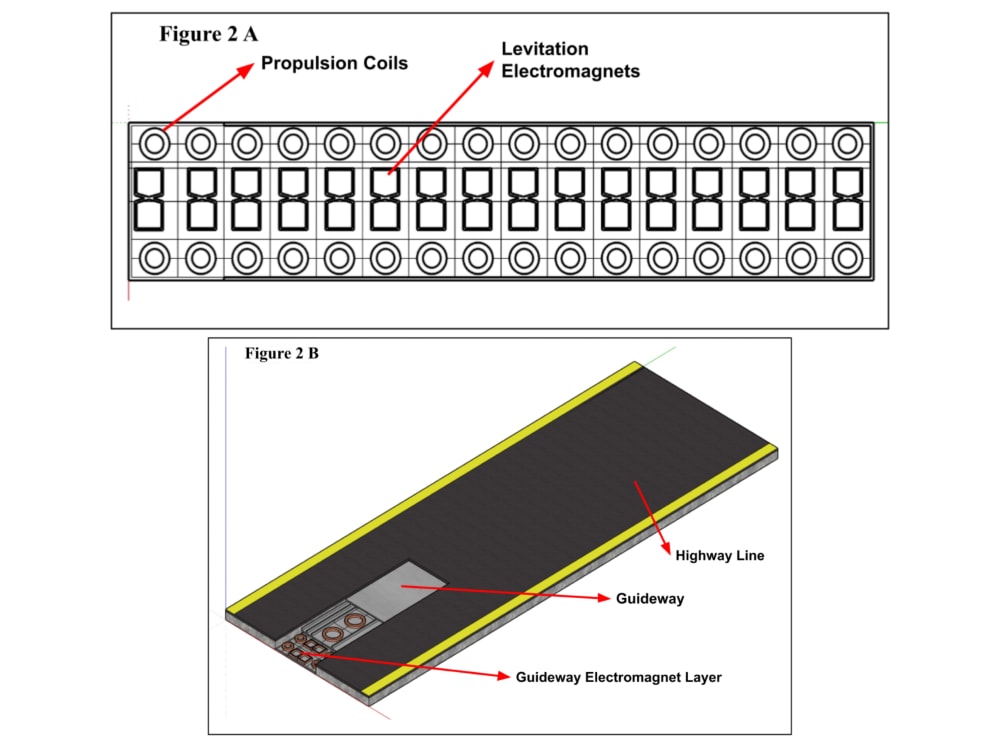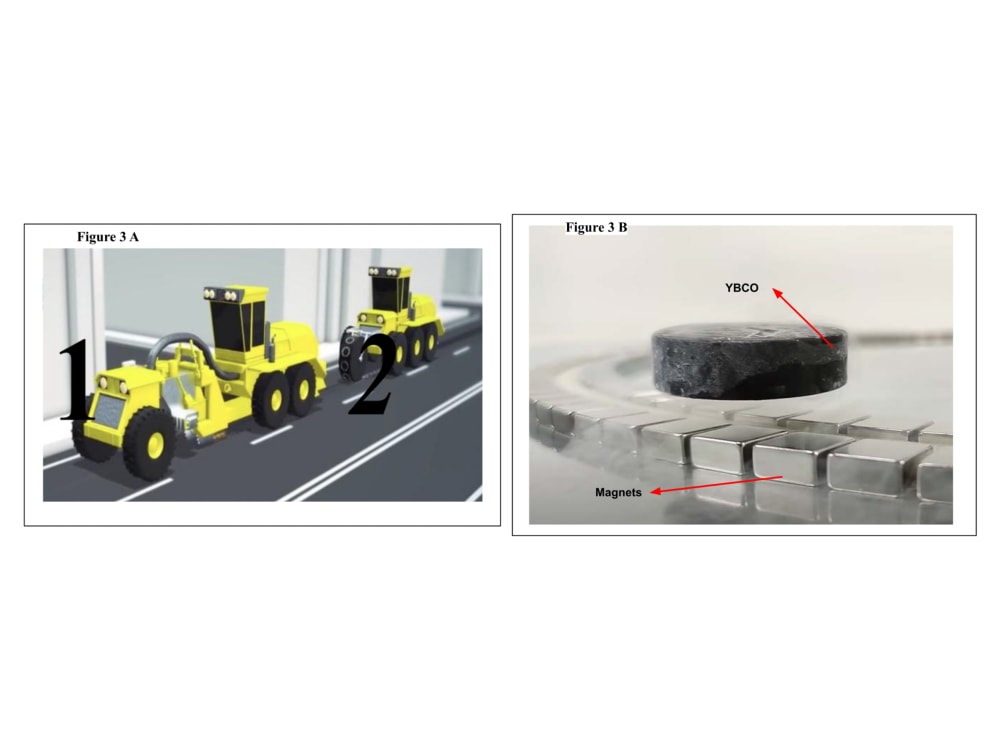Maglev trains are a very popular topic because of their high speed, energy efficiency and capacity of passengers. However, in today's world, Maglev trains are very expensive technologies with very low applicability rate compared to other types of transportation methods. Also, Maglev trains are not suitable for low distance routes. The main reason behind the cost of Maglev trains is their need to create a new transportation network by building bridges, roads and tunnels.
Maglev trains consist of two main parts: guideway and the train. There are several technologies like EDS and EMS to sustain levitation and propulsion. We changed the guideway design and used EMS. The up-to 10 person trains are designed as shown in figure-1. With these small trains we decreased the propulsion force and this decreased the size of the guidway and the cost. There are two parts of electromagnets in our guideway design. The first part (figure-2A) is for propulsion. These electromagnets are using AC and a driver is used to control frequency of the current so we can adjust the poles of electromagnets and control the speed of the train. The second part of electromagnets (figure-2A) are used for levitation. We decided to use quantum locking technology (figure-3B), that’s why these electromagnets are specially arranged. These electromagnets are using DC. The guideway is pretty small with 1000mm width and 200 mm thick. We can install these guideways to existing transportation networks (figure-2B). Highways in big cities with high traffic rates are our target area. We only need specially designed machines (figure-3A) which can dig a 200mm height hole and then place the guideway. Highway lines with guideways will be closed for other vehicles use and the system may be used for inner public transportation. Trains include type-2 superconducting magnets (YBCO) and closed-loop refrigeration system to maintain quantum locking.
Our calculations shows that we can produce about 21220 Newtons of force to move a train and when we estimate the weight of the train as 1000 kg, the maximum velocity rises up to 235 km/h. This train also can levitate up to 0.1 m above the guideway.
The guideway installation will not be a commercial product and we need to take government's approval to construct these to highways. However, the train part can be commercially available and also can be designed for personal usage.
Manufacturing of guideways and trains is easier than existing Maglevs because of their size and design. The top and side parts of the guideway will be built by using carbon fiber materials. Similarly, trains are mostly built of carbon fiber materials and metal because of their weight and strength.
Existing Maglev guideways cost between $20 Million and $40 Million per km. We estimate that our Maglev guideway will cost about $5 Million per km and it will take only a few hours to construct a km guideway instead of days. We don't need new networks, very high passenger capacity and speed, that's why we can decrease the cost very much.
Like this entry?
-
About the Entrant
- Name:Ahmet Cetin
- Type of entry:teamTeam members:İlhan Kaan Türköver
Arda Nakkaş - Software used for this entry:Fusion 360 + Blender
- Patent status:none








